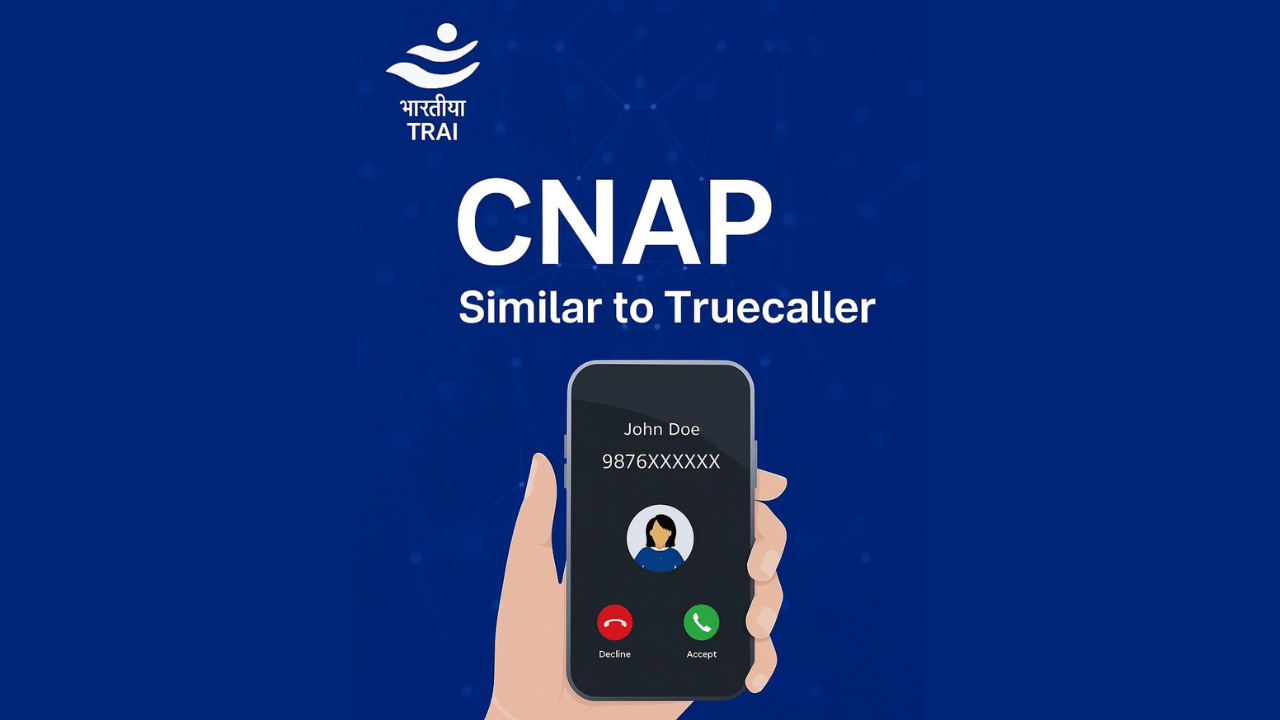New Delhi: The Indian government has started to trial a new caller identification system named CNAP (Calling Name Presentation) to add greater transparency to the mobile calls within the country. The feature shows the name of the caller associated with Aadhaar on the screen, despite there being a different name stored in the phone of the recipient on the number. The feature is perceived as a direct competitor to third-party caller ID apps such as Truecaller, which is an official network-wide solution to unknown number identification.
Early testers have already been shown CNAP pop-ups when making incoming calls, and this raises some questions regarding how the system operates and how this affects the privacy of users. Telecom operators are doing trial phases, and the Department of Telecommunications (DoT) wants to roll out slowly. It aims at minimising spam, fraud and impersonations by authenticating the identity of the callers using government-authorised documents.
What is CNAP and how does it work?
CNAP is a network caller ID system which retrieves the registered name of a caller on telecom and Aadhaar databases. Whenever a person makes a call, the system shows the official name attached to the number prior to the saved contact name to the receiver in the device.
Telecom operators are already in the process of testing the feature in some regions. In the test network, the identification of the CNAP in the test network will appear automatically in an incoming call.
The system is questionable due to the fact that it uses names associated with Aadhaar, which can reveal who the user is according to the law. According to the government, the protection of privacy will be embedded, and formal guidelines are still expected.
Law enforcement hopes that CNAP will enhance the legitimacy of callers and minimise the number of scams due to impersonation. The system is to ensure spam and fraud detection is sounder by ensuring that the caller submits his or her real name.
